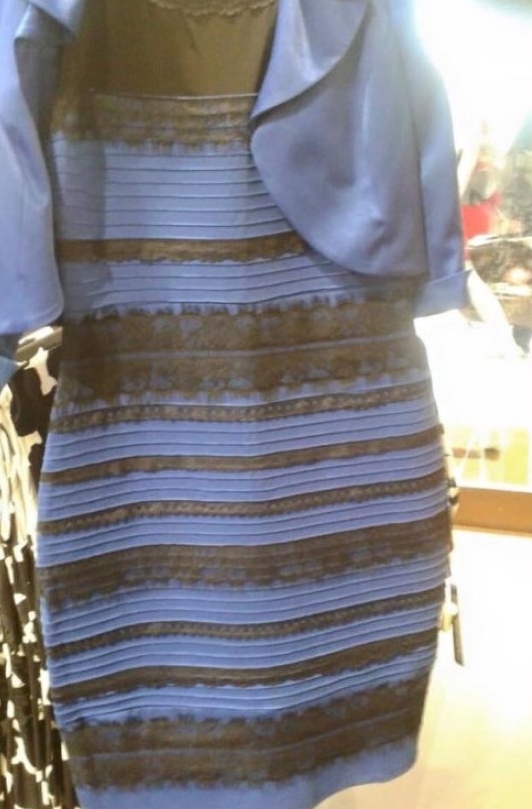Dylan Thomas (1914-1953), originally published 1951
Do not go gentle into that good night,
Old age should burn and rave at close of day;
Rage, rage against the dying of the light.
Though wise men at their end know dark is right,
Because their words had forked no lightning they
Do not go gentle into that good night.
Good men, the last wave by, crying how bright
Their frail deeds might have danced in a green bay,
Rage, rage against the dying of the light.
Wild men who caught and sang the sun in flight,
And learn, too late, they grieved it on its way,
Do not go gentle into that good night.
Grave men, near death, who see with blinding sight
Blind eyes could blaze like meteors and be gay,
Rage, rage against the dying of the light.
And you, my father, there on the sad height,
Curse, bless, me now with your fierce tears, I pray.
Do not go gentle into that good night.
Rage, rage against the dying of the light.
One Interpretation
Thomas wrote this poem for his dying father. It has the strict form of a villanelle consisting of five stanzas of three lines and a final stanza of four lines.
The narrator is suggesting the way we should respond to the inevitability of death. Thomas has divided people into four types—wise, good, wild and grave—and the implication is that these are all the possible types of humanity. That is, some people are essentially rational in their approach to the world, some are moral, some are action orientated and some are serious.
People who approach the world rationally have thought about death and know that it is inevitable, a requirement for life to have evolved. However, because nothing they ever said or wrote made any difference (‘forked no lightning’), when death comes they do not accept it as inevitable but fight against it.
Good people see with hindsight that their moral acts were as nothing (‘frail’) and that if they had been better those deeds might have been ‘bright’. However, even then they would only have ‘danced in a green bay’, suggesting a bright flash of sunlight on the breaking crest of a wave. So, even the best people’s deeds last a fraction of a second and therefore they do not go gently towards death.
Action orientated people (‘wild men’) may have performed the most amazing feats (catching the sun in flight) but even they see, looking back on their lives, that it just resulted in sadness and grieving so they also fight the coming of death.
Serious people understand, too late, that their lives could have been different and they could have seen the world as a bright and happy place. But it is too late and so they also rage against death approaching.
Thomas then discusses his father. Someone who has been sad, perhaps a serious person, a ‘grave’ man. He wants him now to react strongly towards his son, whether it is cursing or blessing him, and through that reaction fight against the inevitability of death.




